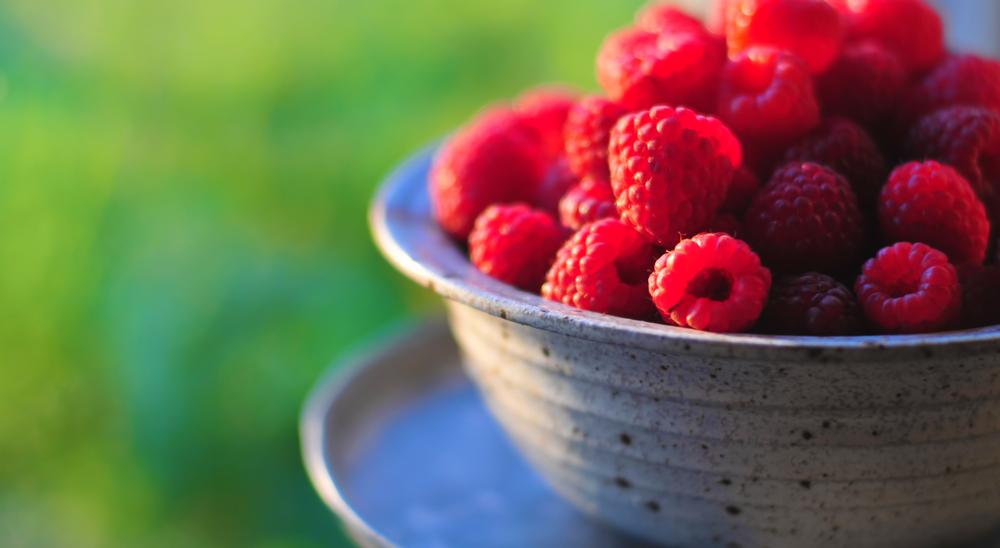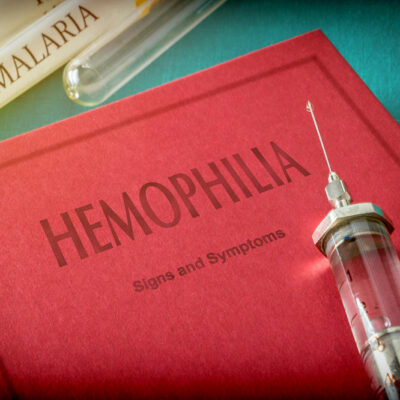
Overactive Bladder: 5 Foods to Eat and Drink
Overactive bladder, or OAB, is a condition that is characterized by frequent urination and can cause a complete or partial loss of bladder control. Individuals with this condition may experience symptoms such as slow urination, urgent incontinence, or nocturia. Overactive bladder can result from weight gain, infection, or nerve damage and medical treatments for overactive bladder are necessary to reduce symptoms and improve the overall quality of patient life. OAB treatment medication can help relieve symptoms, but OAB urology specialists also recommend the following foods to manage this condition naturally:
1. Raspberries
Raspberries are an excellent fruit for those suffering from bladder problems. They are rich in antioxidants, which help to protect cells from damage and reduce inflammation. These fruits also contain moderate amounts of potassium and magnesium, which may help to reduce the frequency of urination and discomfort. They are also low in calories, fat, and sodium, making them an excellent snack option for people with urinary incontinence issues. You can easily make your raspberry smoothie and make it part of your breakfast smoothie or yogurt.
2. Artichokes
Artichokes are a delicious treat and an excellent treatment for individuals with an overactive bladder. Artichoke leaves have been used to alleviate symptoms of overactive bladder for centuries. Its leaves contain a compound called cynarin, an effective antispasmodic, and diuretic, which can help prevent abnormal muscle contraction in your pelvic region. Cynarin also helps relieve symptoms of urinary incontinence, such as frequency or urgency to urinate. The leaves are also high in fiber and antioxidants, which can help relieve constipation and abnormal cholesterol levels.
3. Oats
Oats are great food options for people with overactive bladder syndrome. These cereals are suitable for relieving symptoms and reducing the risk of bladder infections and urine leakages. The high soluble fiber content in these foods keeps your digestive system moving smoothly. Soluble fiber absorbs water and forms a gel-like substance when it comes into contact with water. This gel-like substance helps to absorb fluid from your stool and prevents it from backing up into your urinary tract. As a result, your bladder will not contract and empty too quickly.
4. Lentils and beans
Lentils and beans add extra protein and fiber to your diet as they are low in fat, cholesterol, and sodium. The high fiber content you get from these foods helps to manage OAB symptoms and other bladder conditions. They prevent constipation, which can add pressure to your bladder, causing urge incontinence. Lentils are also rich in vitamins and minerals that help lower your risk of developing bladder cancer and other urinary tract problems.
5. Almonds
Almonds are another excellent snack for people with an overactive bladder as they are high in healthy fats. These foods have a fat content of only one gram per half cup. They also contain the amino acid tyrosine, which is converted into dopamine and norepinephrine in the brain. Dopamine and norepinephrine are two of the main neurotransmitters that affect bladder function, allowing you to control your urge to urinate. Moreover, this compound contains a type of fiber called mucilage, which helps clean your urinary tract and prevent excess urine from backing up into the bladder.
These are some of the best foods to eat to reduce or manage overactive bladder symptoms. While OAB treatment medication can help, these foods provide natural nutrients that relieve your OAB symptoms and boost your immune system. Also, each of these foods are easily accessible. If you suffer from OAB, it’s important to speak to your doctor about medical treatments and lifestyle tips that can help manage overactive bladder.


